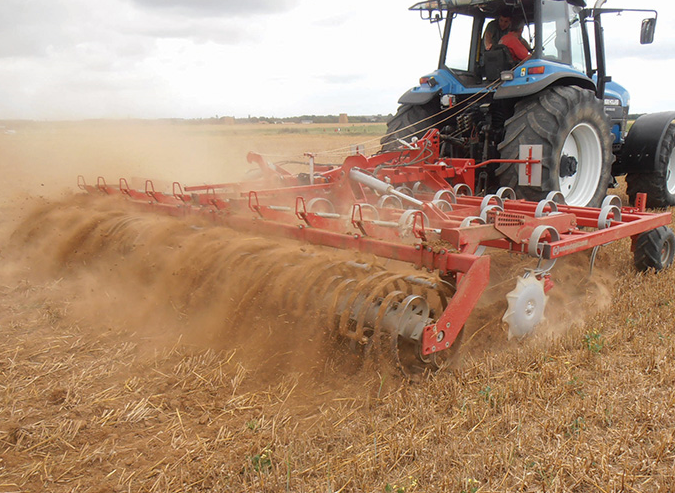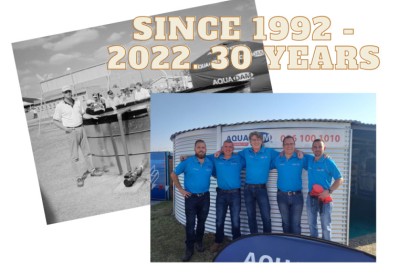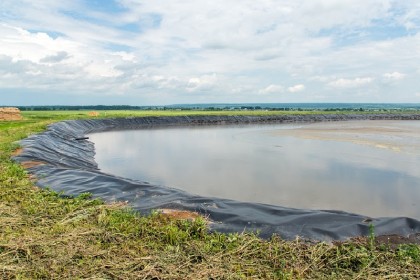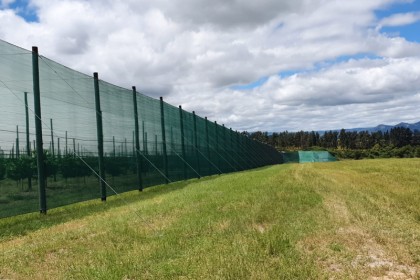
Pneumatic Conveying And Mechanical Conveying
Pneumatic conveying and mechanical conveying are the two main categories of methods that grain processing and milling industries use to transport grain.
While both are highly effective in the African agricultural and food industries, pneumatic conveying is known as the cleaner and more efficient mode of grain transporting. However, the type of conveying method necessary usually depends on the materials that need to be transported. For example, pneumatic conveyors are ideal for cement powder, sugar, coal fines, sands, wheat flour and other finer materials; mechanical conveyors are suited for aggregate, wet sand, large food particles and whole grains.
Besides the material, there are other factors that determine which transportation system to use:
Transportation Distances
Mechanical equipment is usually used for the transfer of materials over short distances. This is because pneumatic systems require the same amount of equipment to convey short distances, such as 20 ft., as they do to convey long distances.
Both systems can be used to convey very long distances, well over 1000 ft.; however a pneumatic system is ideal for long distances with changes of direction and elevation. The system is more agile in a sense that the small pipes can be closely fitted around corners and walls.
Grains or Materials
As mentioned above, each type of method is ideal for different materials or grains. Although pneumatic systems can be used for fine materials, such as cement powder, the systems are especially ideal for handling grains due to the enclosed, clean pipes that can transfer the grains without subjecting them to debris, moisture and other substances.
Enclosed pneumatic systems offer many advantages for outdoor installations. Pneumatic conveying systems usually come with rotary valves or pressure tanks and are therefore easier to clean as opposed to mechanical systems.
The Transfer Rate
The transfer rate of the systems is not a big deciding factor as both conveying methods can convey hundreds of pounds per an hour; therefore, you should choose a method according to the type of material and other convey decisions.
Visit Kongskilde to view effective, hygienic conveying solutions.












